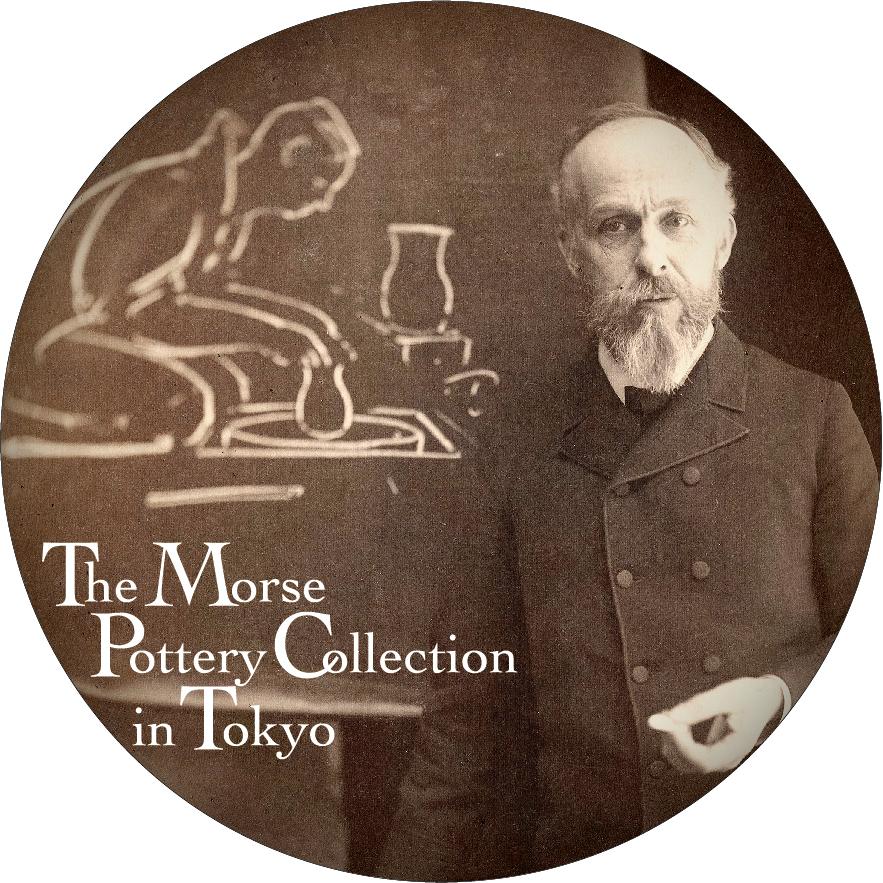Special Presentation “The Morse Pottery Collection in Tokyo – Let him begin to collect, however.”
2023.11.21-
MODULE
Edward S. Morse (1838–1925), one of the first professors of the University of Tokyo, founded in 1877, is widely known for his excavations of the Omori shell midden site, which revealed the Jōmon Culture for the first time through scientific means. His excavation likely drew upon his own interest as a zoologist in shellfish. However, he introduced the cutting-edge research methodologies of his day, including the theory of evolution, to the study of excavated human and animal bones and also cultural remains, having made a significant contribution to the modernization of the Japan’s natural history.
During his stay, Morse became fascinated by the Japanese customs and culture of the time. According to Morse’s narrative of his travels in Japan, Japan Day by Day (1917), he writes that he was determined: “Let him begin to collect, however”. Morse created a collection that eventually comprised several thousand items, including paintings, clothing, craftsmen’s tools, and toys. In particular, it includes plenty of Japanese pottery from the Edo and Meiji periods. Japanese pottery was completely different from Western pottery to his eyes.
The largest holdings of Morse’s collection are housed in the United States, notably at the Boston Museum of Fine Arts and the Peabody Essex Museum. There is also a collection of Morse’s Japanese pottery specimens at the University of Tokyo. It remained in Tokyo even after Morse’s departure to be displayed at the University of Tokyo Faculty of Science Museum, established in 1880 reportedly according to Morse’s suggestion. This museum was located on the campus at the time, Kanda, Chiyoda Ward. However, unfortunately, it was abolished in 1885 when the University of Tokyo was moved to Hongo, Bunkyo Ward. Therefore, Morse’s pottery collection is also a memento of the history of the university museum in Japan. Information on the University of Tokyo Faculty of Science Museum, which was Japan’s first university museum, is available in the permanent exhibition at the University Museum, the University of Tokyo, in the Hongo Campus.
In this exhibition, we display pottery specimens collected by Sasaki Chūjirō (1857–1938) as well, one of Morse’s first disciples, who participated in the excavation of the Omori Shell Midden site and later became a professor of entomology at the University of Tokyo. These pieces are also considered to make up part of the display at the museum. Sasaki’s private collection includes even a photograph of Morse’s residence in Salem, USA..
Organizer: The University Museum, the University of Tokyo (UMUT)
Image: Peabody Essex Museum Collection

